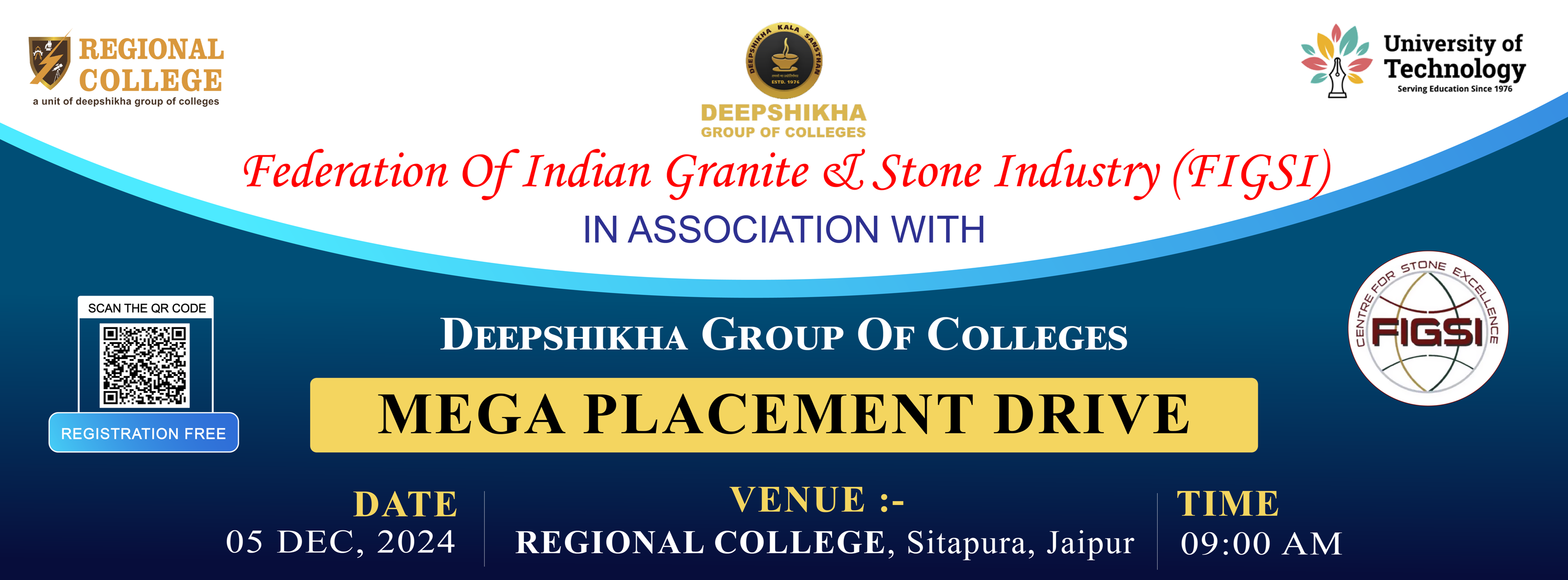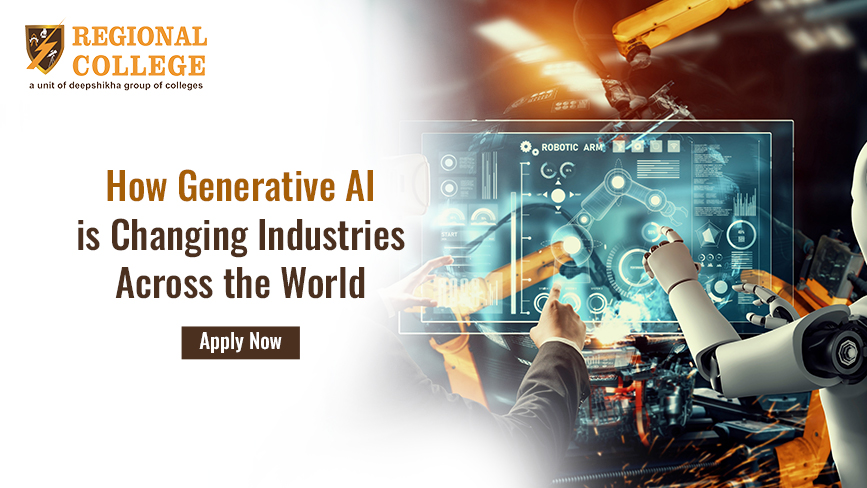Human-Machine Interaction (HMI) is a critical field in modern engineering that focuses on creating intuitive and effective interfaces between users and machines. As technology continues to evolve, the importance of designing user-friendly interfaces becomes increasingly vital. This area of study is especially relevant for students studying at the top engineering college in Jaipur, where innovation meets tradition, and the demand for accessible technology is on the rise.
Why are User-Friendly Interfaces important?
User-friendly interfaces ensure that technology is accessible and usable by a broad audience. An effective HMI allows users to interact with machines easily, enhancing their overall experience and productivity. Whether it’s a smartphone app, a piece of industrial equipment, or a sophisticated software system, the primary objective is to make the interaction as seamless and intuitive as possible.
Principles of Good Interface Design
Designing user-friendly interfaces involves numerous key principles:
Simplicity: This is the first and the foremost principle that the interface should be simple and uncluttered, presenting only the necessary information and controls. This enables users to remain focused on their tasks without being distracted by extra details.
Consistency: Consistency in design elements such as fonts, colours, and layouts helps users to learn and predict how the interface works. User experience can be significantly enhanced with use of visual cues and interactions.
Feedback: Feedback is essential, and it’s important to give users prompt and clear feedback for their actions. Whether it’s a visual indicator, a sound, or a vibration, feedback lets users know that their input has been received and processed.
Accessibility: All users, including those with disabilities, should be able to access interfaces through proper design. This includes considerations for screen readers, alternative input methods, and adjustable text sizes and colours.
Error Handling: Good design anticipates potential user errors and provides clear guidance on how to resolve them. This includes informative error messages and easy ways to undo actions.
Exploring HMI in Different Industries
According to the top engineering college in Jaipur, Human-Machine Interaction plays a vital role across various industries:
Healthcare: In healthcare, user-friendly interfaces are critical for medical devices and software used by healthcare professionals. A well-designed interface can improve the accuracy and efficiency of diagnoses and treatments, ultimately enhancing patient care.
Manufacturing: In industrial environments, HMIs are utilized for controlling equipment and overseeing production procedures. Productivity can be increased manifold due to error reduction and easy to understand interfaces.
Consumer Electronics: For consumer products like smartphones, tablets, and wearable devices, a user-friendly interface is essential for market success.
Automotive: In the automotive industry, HMIs are integral to the operation of modern vehicles. From infotainment systems to advanced driver-assistance systems (ADAS), the interface design must ensure driver safety and convenience.
Designing user-friendly interfaces is a complex but essential task in the field of Human-Machine Interaction. For students studying at Regional College, the top engineering college in Jaipur, mastering these principles and staying abreast of emerging trends can lead to the development of innovative solutions. As the relationship between humans and machines continues to evolve, the importance of intuitive, efficient, and accessible interfaces will only grow.















